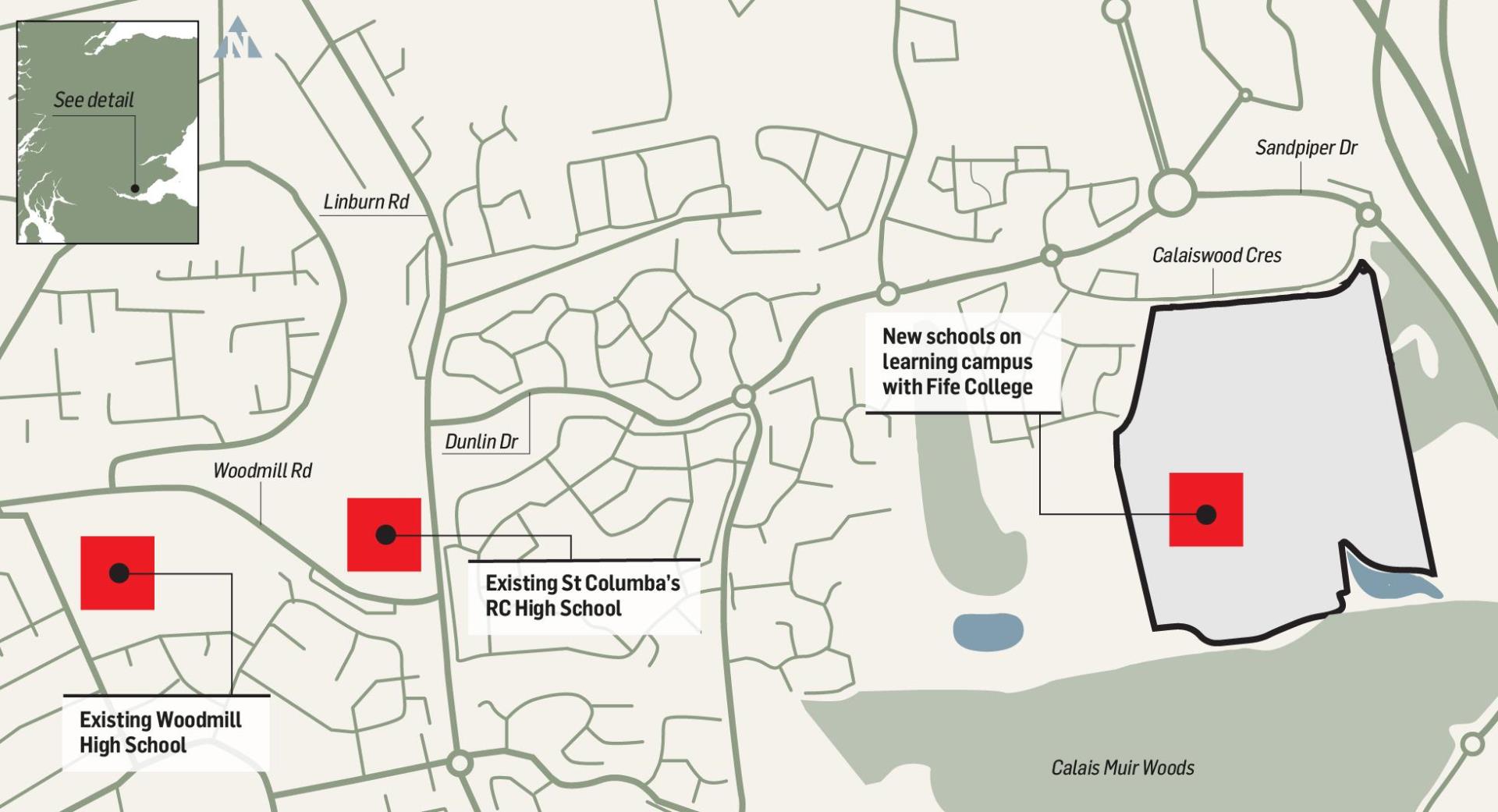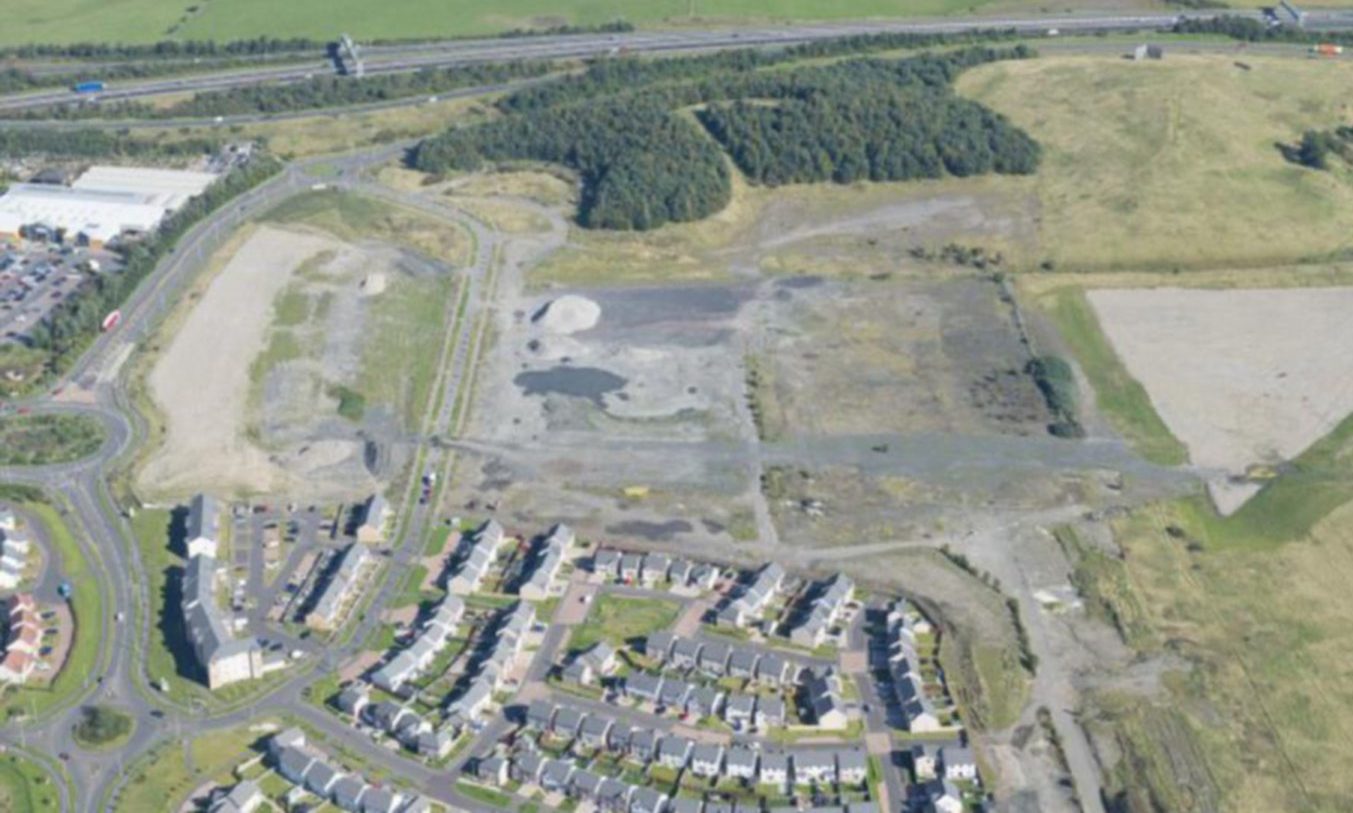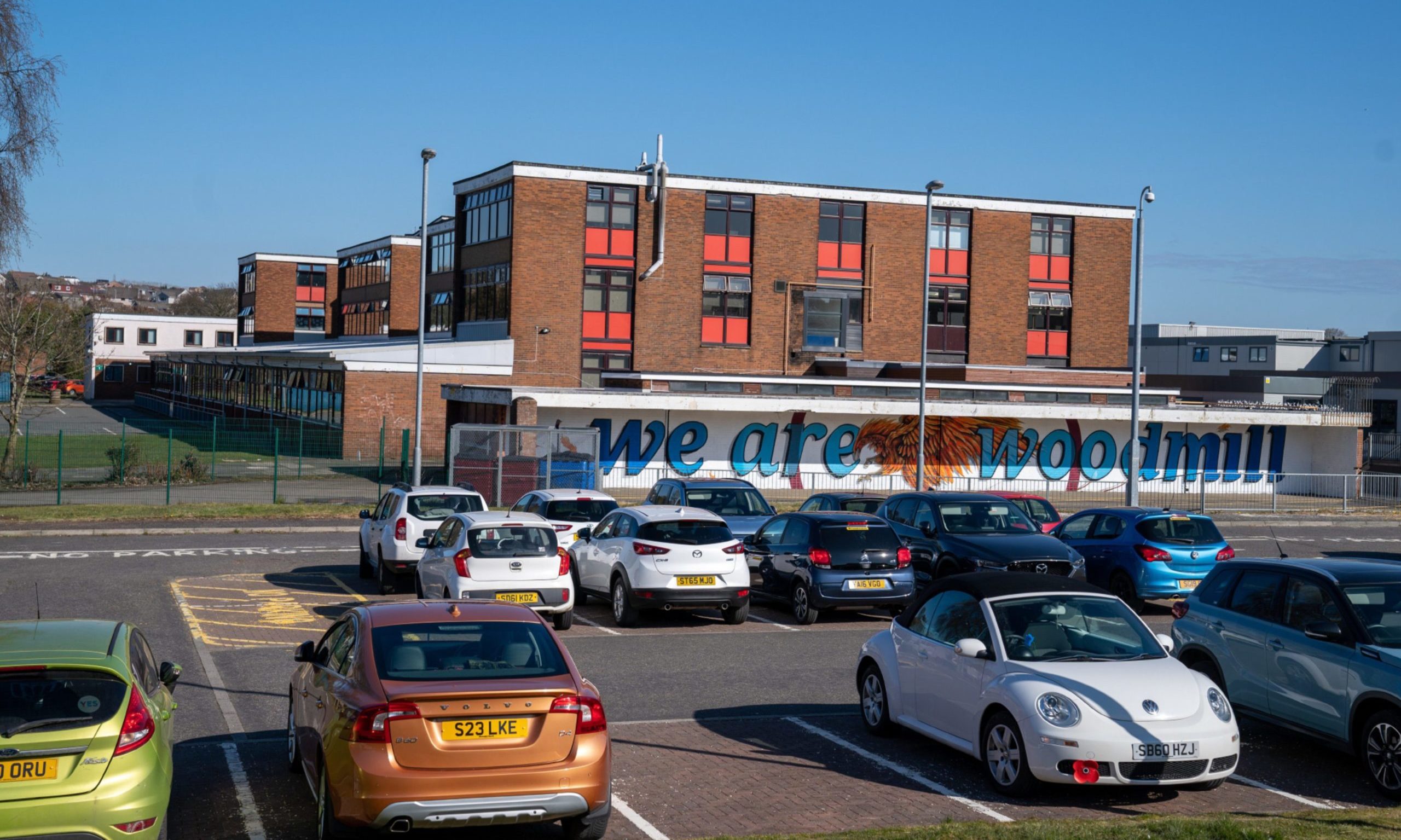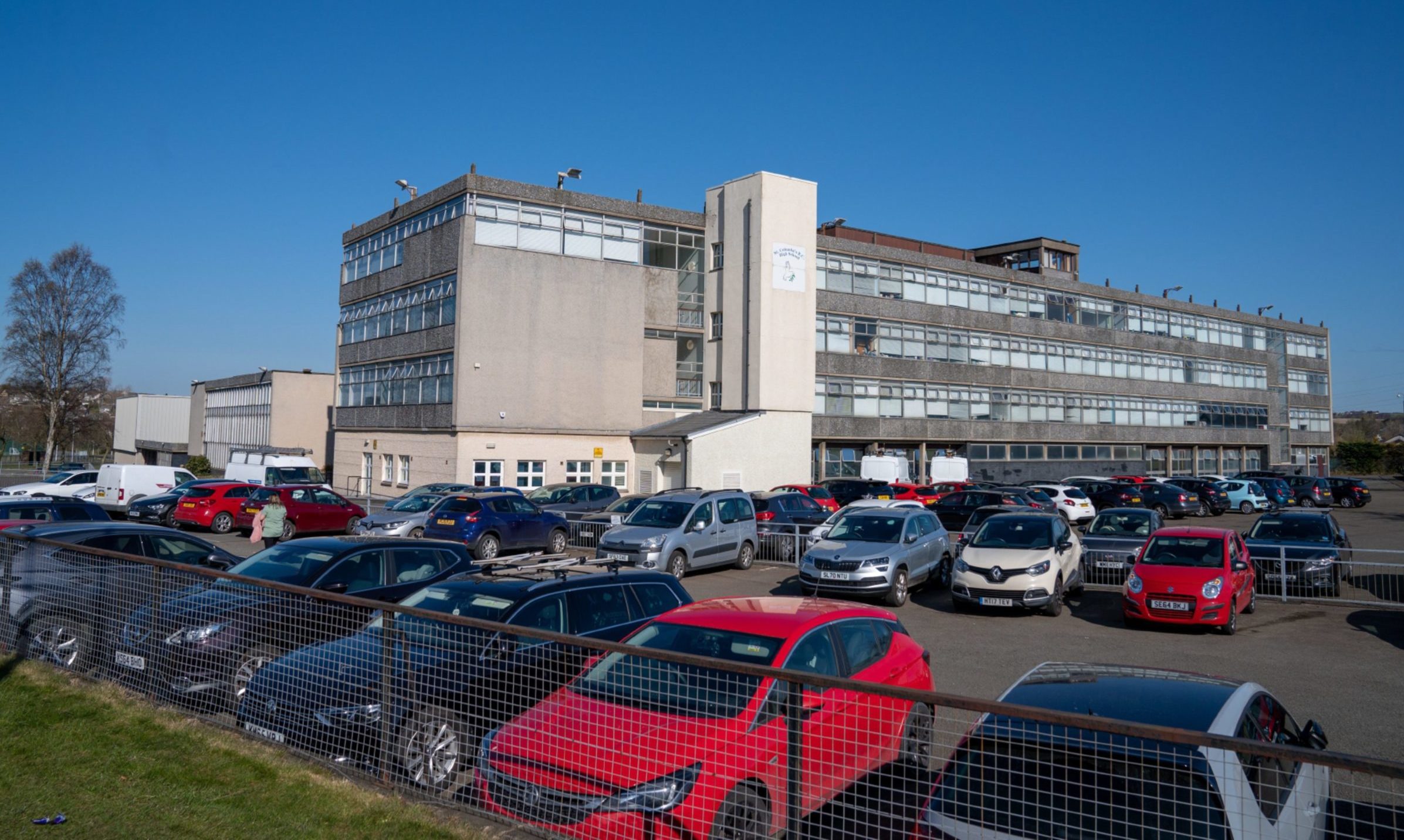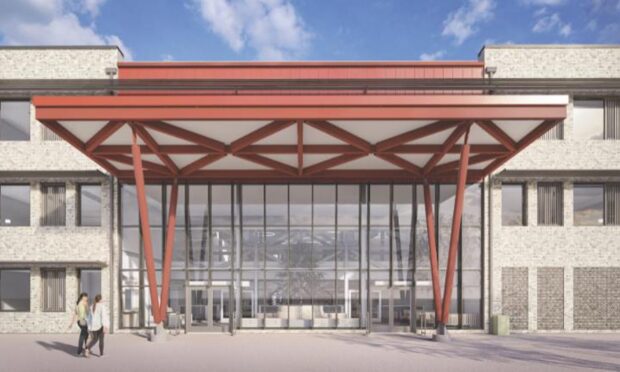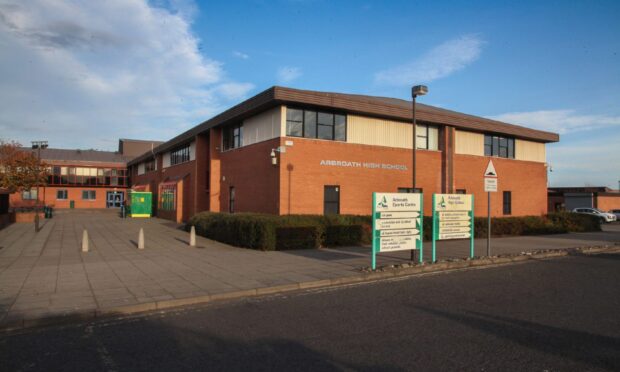Dunfermline learning campus will be the first of its kind in Scotland if the green light is given to co-locate two of the town’s secondary schools and Fife College.
The first public consultation meeting has been held online, following the publication of proposals for the replacement of Woodmill High School and St Columba’s High School.
With up to 2,700 pupils on one site we look at some of the key questions asked and the answers given.
If plans are approved the new schools – on the former Shepherd Offshore site at Halbeath – could be built by the summer of 2024.
Due to extensive housing expansion in the wider area over the coming years, Woodmill High School, which currently has just under 1,400 pupils, will be built to accommodate up to 1,700, and St Columba’s which has a roll of almost 900, will have a capacity of 1,000.
Buildings will be integrated to allow sharing of some accommodation, such as assembly halls, dining space, some senior phase curricular areas and outdoor education facilities. They will also have enhanced sports facilities.
Among those answering questions about the £180-200 million Dunfermline learning campus were Shelagh McLean, Fife Council head of education, school estate service manager Louise Playford, St Columba’s head teacher Mick McGee and Woodmill depute head Jackie Sullivan.
How will challenges of sheer size be overcome?
While dining hall provision is yet to be determined, Mr McGee said timetabling and a high profile around the schools of senior leadership teams would be key.
Woodmill had maintained its ethos and community feel even when its roll grew from 900 to almost 1,400, said Ms Sullivan.
Ms Playfair said: “We do recognise that up 2,700 is a huge number of young people and as part of the design process we are not only looking at maintaining the identity of the schools, which absolutely is one of the core principles of this project, but we will also have to think about zoning space within the schools so that actually we can create quieter areas, for example, throughout the building so it does not feel too big.”
Lessons were being learned from other schools built across Scotland and beyond, said Ms McLean.
Will there be appropriate provision?
Activity will be assessed, Ms McLean said, so the types of spaces required can be provided for the amount of time they are needed.
She said: “Actually, we find in our schools that our assembly halls are not used all of the time. If we don’t use it all of the time, a huge amount of space can be wasted, so for us making best use of that time and making sure it is used as regularly as possible allows us to make best use of the building.”
Assembly halls, Ms Playford said, were used for a range of activities, including shows, events, exams. She said: “We are also considering if we can provide other types of space for those other activities. There would be other gathering spaces that would be able to be used across the campus.”
What safeguarding measures will be in place?
“Our schools are very adept at making sure they keep their young people safe,” said Ms McLean. “We will be absolutely committed in the design of any new buildings to ensuring that that continues.
“While the two schools will be in a building that will, in areas, be integrated they will still be operating as two separate schools.
“There will be an entrance for Woodmill High School pupils, there will be an entrance for St Columba’s High School pupils.”
School grounds and buildings would be in use by schools only during the school day, Ms Playford said, and security measures would include CCTV and secure entry systems.
How will safe walking routes be assessed?
A full transportation assessment will be conducted, said Ms Playford, and all schools have their own travel plans promoting sustainable travel.
Ms McLean said: “We do have a formal policy now with regards to safe walking routes to school.
“If there was any particular concern about any walk route parents would have the ability to raise that with us and we would do a formal assessment.”
Will full cohorts remain in each school?
Ms McLean said: “Both schools will continue to operate as S1 to S6 schools. There’s no intention to have the whole of a senior phase, for example, linked.
“Each school will operate a curriculum that runs from S1 to S6 but will be able to make use of enhancements of collaborating over space, creating a curriculum that meets the needs of senior phase pupils.”
Timetable consortiums already operating across Dunfermline schools, where pupils can take subjects unavailable at their own school elsewhere, would be easier on a shared Dunfermline learning campus, explained Ms Sullivan.
What are the benefits of co-location with Fife College?
A wide variety of specialisms offered by the college will be available to pupils, Ms Sullivan said.
I think we can make this, between the two schools and college, one of the best educational establishments in Europe.”
St Columba’s head teacher Mick McGee
Mr McGee said: “The opportunities for the young people are tremendous. I think we can make this, between the two schools and college, one of the best educational establishments in Europe.”
Will both schools have departments of additional support?
The right facilities will be ensured across the buildings to meet the needs of young people, said Ms McLean.
She said: “We will do that by designing the space in conjunction with the two schools to fit the needs of those young people.”
More chances for questions
Consultation on the Dunfermline learning campus proposal continues until May 28.
Further online meetings will be held via Microsoft Teams on May 5 and May 17, with a series of virtual drop-in events until May 25.
A consultation report will be published before a decision is taken by Fife Council’s education and children’s services sub-committee in September.
If planning permission is also granted in the autumn, it is hoped construction work could begin in summer 2022.

